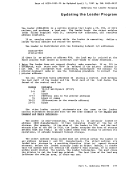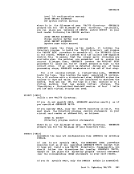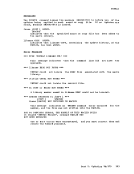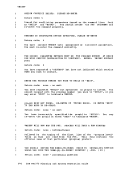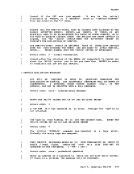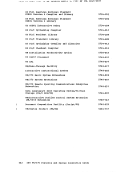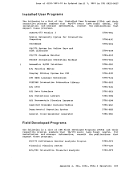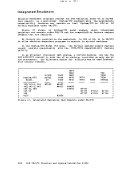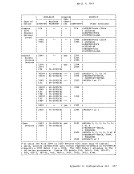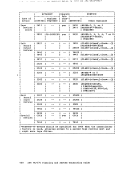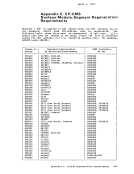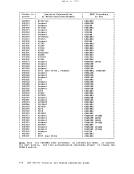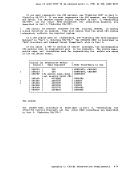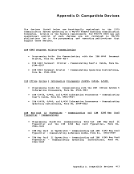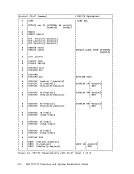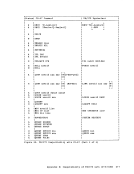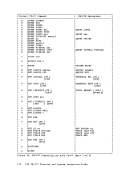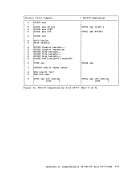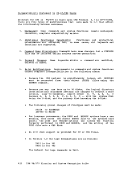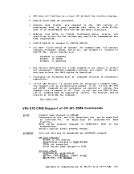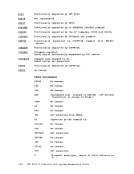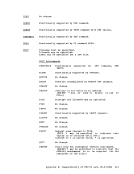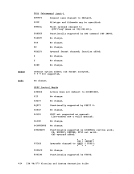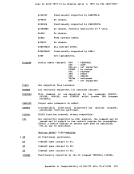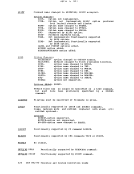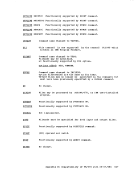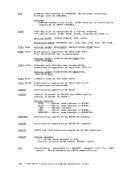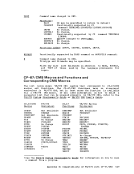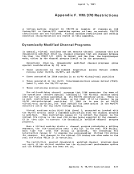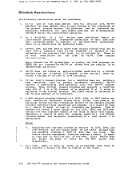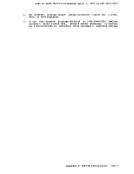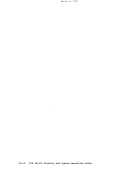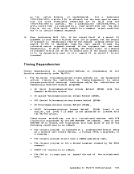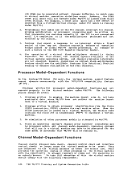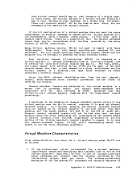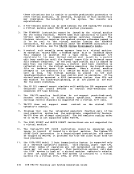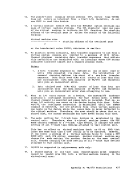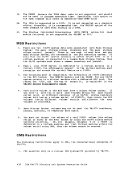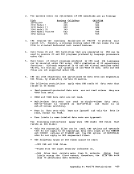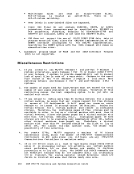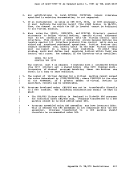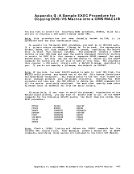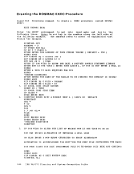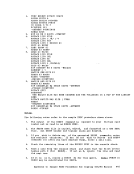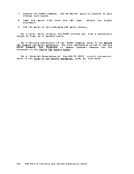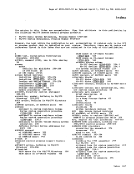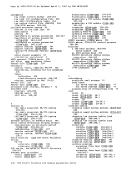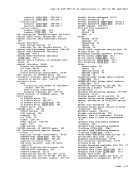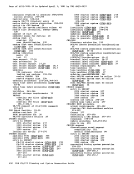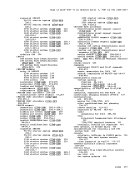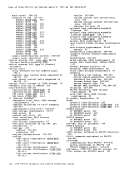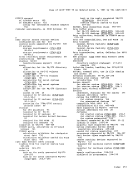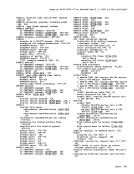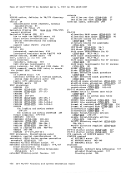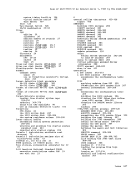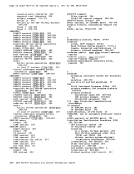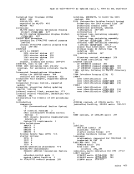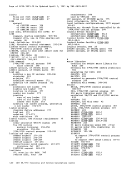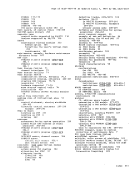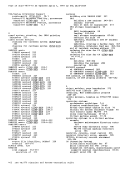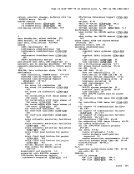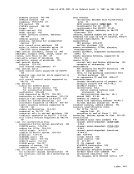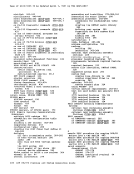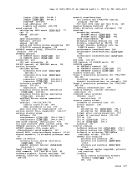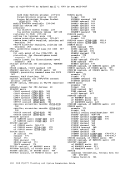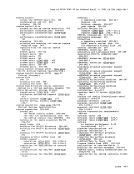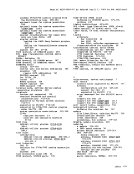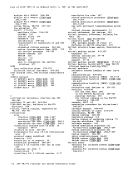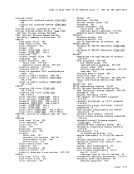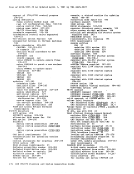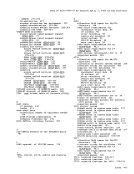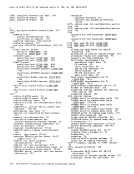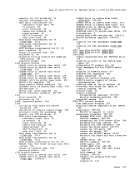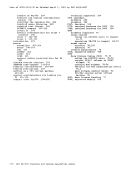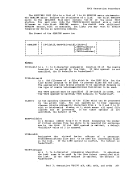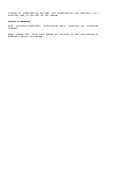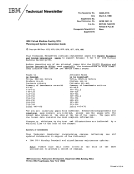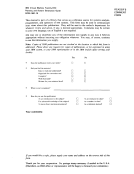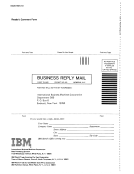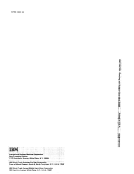use rid
pass
stor
mstor
cl
DirectoryProgram is a 1- to 8-character user identification. Any alphameric
characters maybe used except SYSTEM. SYSTEM is the userid of
theVM/370 system VMBLOK, and should never be used for a
virtual machine. Each user in the directory, except for those
whose password isNOLOG, must have at least one device. Any
of the various devices described meet this requirement; for
example, the device may be a console or spool device.
1. The userid should not contain the characters"LOGONxxx", where xxx is a terminal address of the installation. This
character string is assigned to the terminal at address
xxx from the time the initial interrupt is received until
thellser is
2. Do not specifySYSTEM as a userid. VM/370 reserves SYSTEM as an identifier for its own use. Similarly, do not use
ALL as a userid as it is reserved byVM/370. 3. If the userid of AUTOLOG1 (a reserved system user
identification) is used, then during theVM/370 IPL operation, the AUTOLOG1 virtual machine is automatically
logged onto the system• . In application, the AUTOLOG 1 virtual machine could be the CMS Batch virtual machine, or a virtual machine that,
through the use of the directory'sIPL statements loads a CMS named system. Then the CMS system, using a PROFILE EXEC with AUTOLOG command statements within the EXEC file, will initiate the logon of other virtual machines
to the system.
is a 1-to 8-character user-security password that must be
entered by the user to gain access to theVM/370 system and
the virtual machine you are defining in these control
statements.Use the reserved password NOLOG for users who do not
have a virtual machine configuration in theVM/370 directory.
TheNOLOG user uses the real card reader spool device as a
means of entry for processing by theeMS batch facility. NOLOG is used for spooling purposes only; attempts to log on
using this password are. inhibited.
is 1 to 8 decimal digits that define the virtual machine's
storage size. It must be a multiple ofqK. The last
character must be K orM. The default is 128K. The minimum
size is 8K. All entries not on aqK boundary are rounded up
to the nextqK boundary. The maximum size is 16M. is 1 to 8 decimal digits that define the maximum virtual
machine storage size that this user can define as his storage
afterlogqinq on the system. It must be coded in multiples of qK. The last digit must be K or M. The default size is 1M. All entries not on a qK boundary are rounded to the next qK boundary. The minimum size is 8K. The maximum size that can
be specified is16M. is to 8 alphabetic characters from A to H (with no
intervening blanks) defining the privilege class(es) given to
this user. The default is G.Part 2. Defining Your VM/370 System 201
pass
stor
mstor
cl
Directory
characters may
the
virtual machine. Each user in the directory, except for those
whose password is
of the various devices described meet this requirement; for
example, the device may be a console or spool device.
1. The userid should not contain the characters
character string is assigned to the terminal at address
xxx from the time the initial interrupt is received until
the
2. Do not specify
ALL as a userid as it is reserved by
identification) is used, then during the
logged onto the system
through the use of the directory's
to the system.
is a 1-to 8-character user-security password that must be
entered by the user to gain access to the
the virtual machine you are defining in these control
statements.
have a virtual machine configuration in the
The
means of entry for processing by the
using this password are. inhibited.
is 1 to 8 decimal digits that define the virtual machine's
storage size. It must be a multiple of
character must be K or
size is 8K. All entries not on a
to the next
machine storage size that this user can define as his storage
after
be specified is
intervening blanks) defining the privilege class(es) given to
this user. The default is G.





















































































































































































































































































































































































































